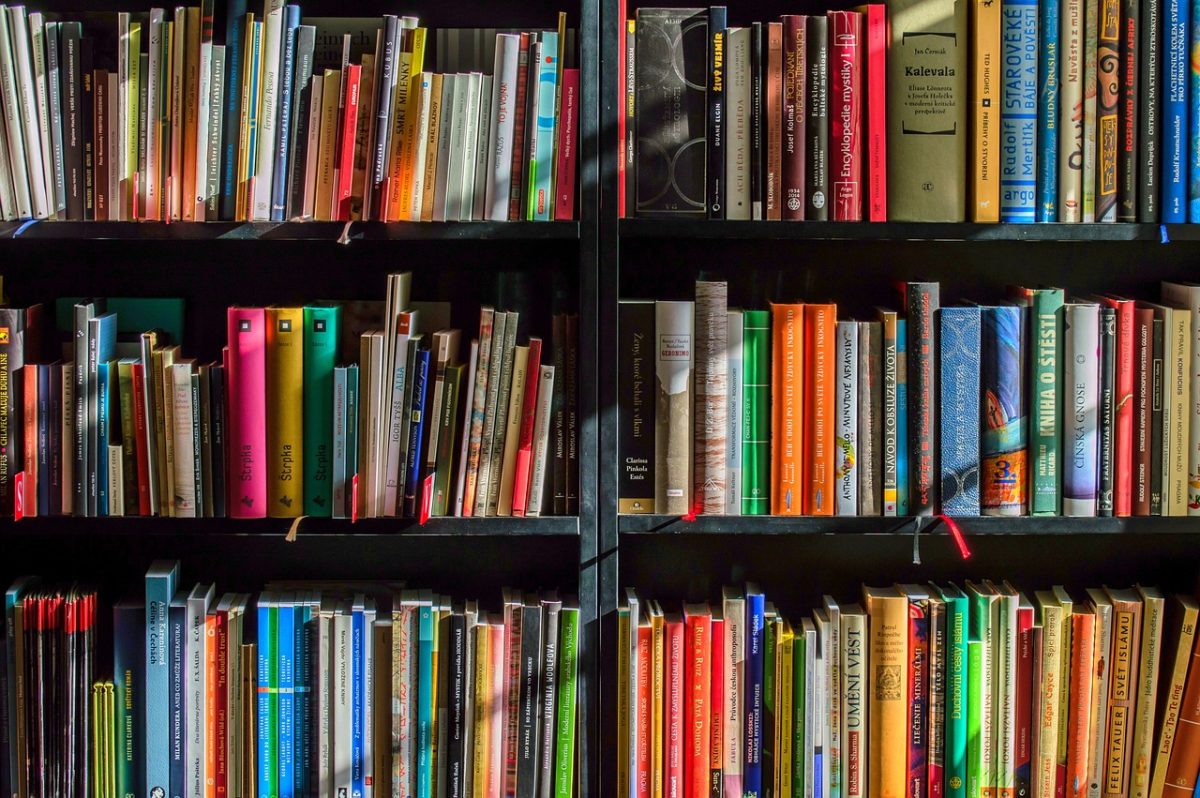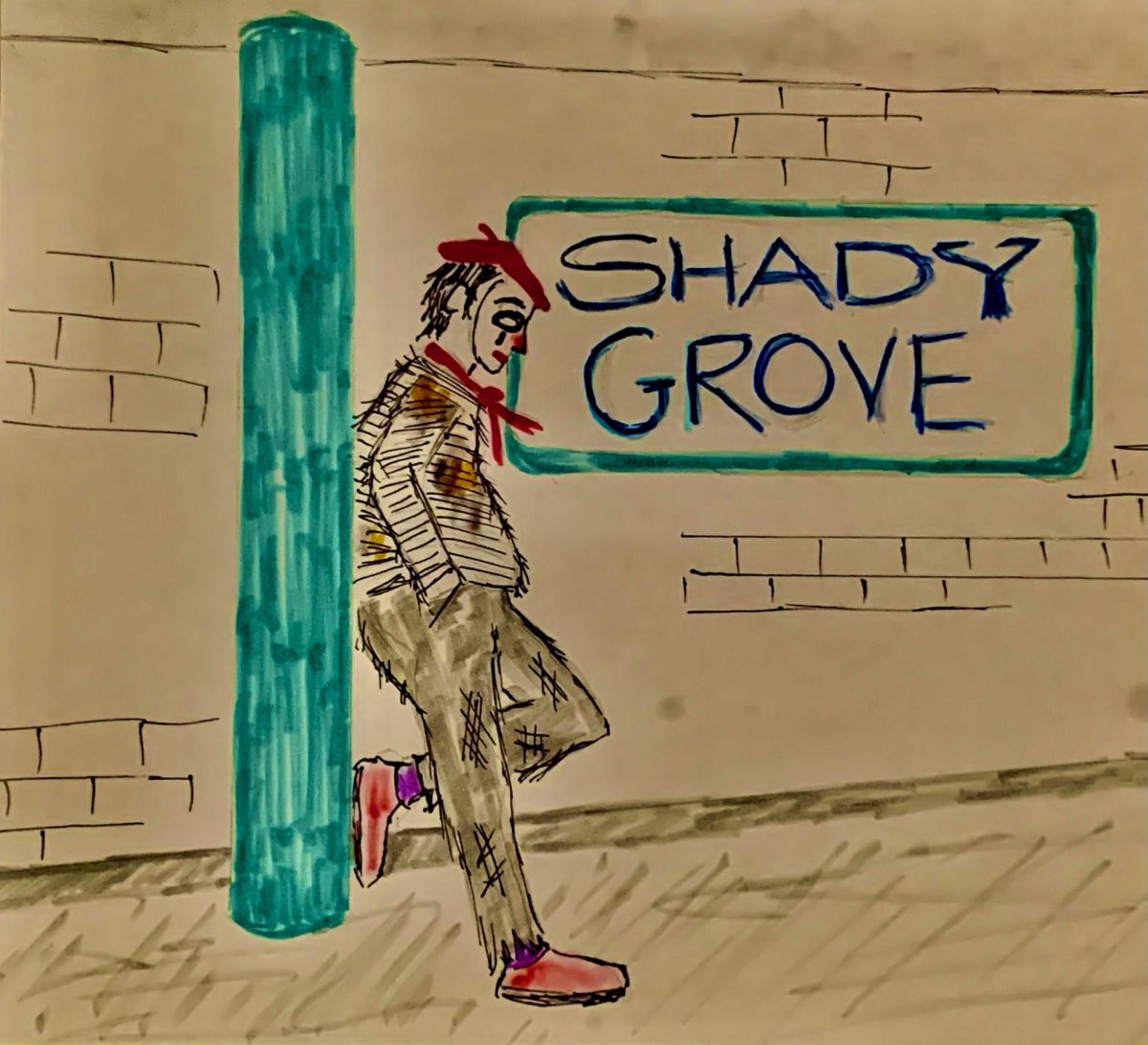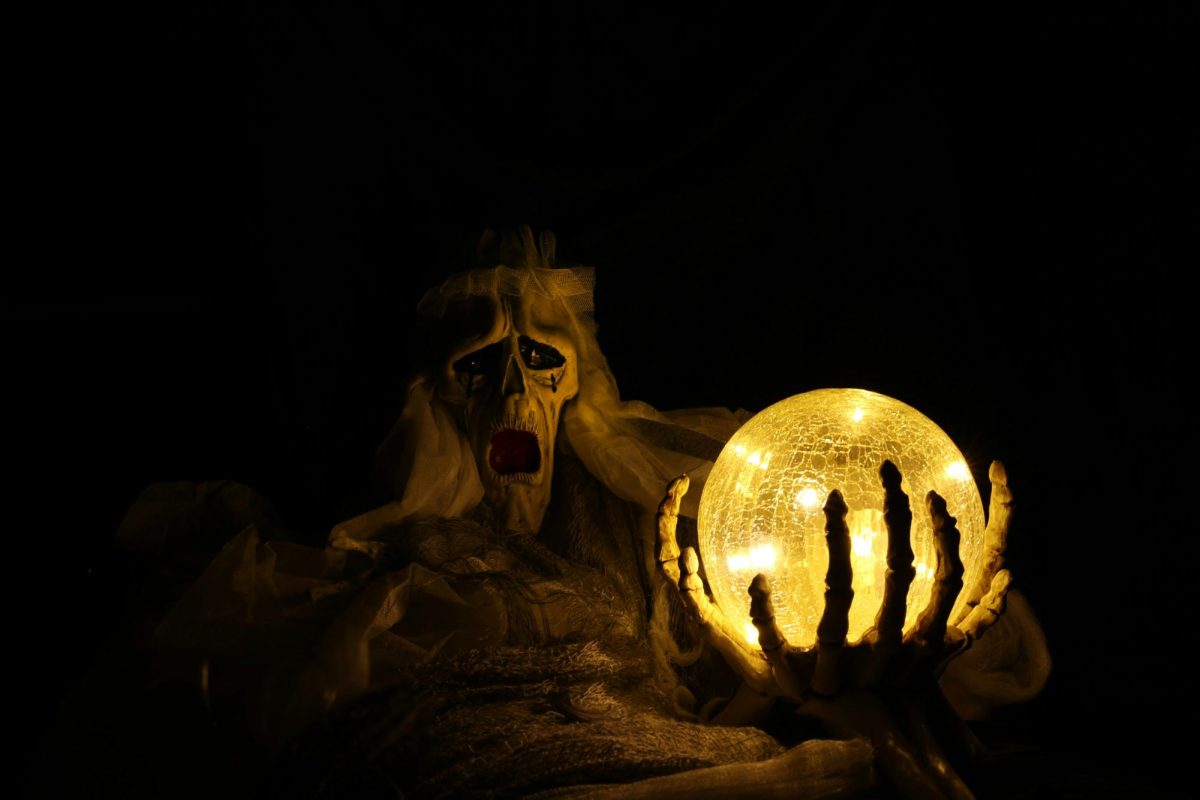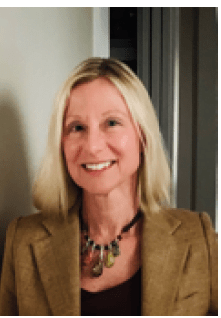Paul shoved the marriage certificate into the plastic organizer, then chucked it onto the back seat of the rental car with a sigh.
“I’ve had enough,” he said. “Let’s get some lobster and beer.”
“Come on,” his sister responded as she pulled the car into a small, dirt parking lot. “We’ve spent less than a day researching our Scottish ancestry. Pretend we’re detectives gone back in time to uncover Mom’s heritage. It’ll be fun.”
“Fun,” Paul said flatly. He liked the earlier part of the week better—touring Cape Breton Island, hiking the Cabot Trail, and feasting on all-you-can-eat lobster dinners. But Judy was on a mission. She had already documented their father’s German genealogy, finding farmers, rail workers, and tavern owners as well as philanderers and several ne’re-do-wells. Now she was determined to fill out the branches on their mother’s Scottish/Canadian side of the tree.

“Paul,” she said, dismissing his whining and peering intently through the windshield. “This must be the church where Mom’s parents were married. There isn’t another church in East Bay.”
“There isn’t much of anything in East Bay,” Paul responded sarcastically. He wished he could share Judy’s enthusiasm, but so far, it had been an inauspicious start.
According to the few ancestry records in their possession, their mother had been born on the other side of the peninsula that jutted into the Bras D’Or, a hamlet called Scotch Lake. Contrary to the name, it featured neither a lake nor scotch—just a dirt road with a smattering of weathered homes and scrawny trees. The bleakness of Scotch Lake had left Paul deflated. No, he thought wryly, this side of the family didn’t do too much better than the German side.
But St. Mary’s Church did look promising. Small and white with newly painted pink doors, it was a welcome splash of color in East Bay. Giant oak trees stood sentinel around its perimeter, and a large, grassy cemetery stretched out back towards the glimmering lake. On a hill nearby stood a large ornate house. “That must be the rectory,” said Judy.
They tried the door of the church first, but it was locked. Paul knocked tentatively, not really expecting an answer. As he turned to go, the door opened with a creak. A middle-aged man dressed in a long, white tunic stood framed in the doorway. His fine strawberry blonde hair, broad, aquiline nose, and pale, almost translucent complexion reminded Paul of his son, who had clearly inherited most of his DNA from the Scottish side of the family.
“Hello, Father,” said Judy. “We are visiting from the U.S., retracing our ancestry. Our grandparents were married in this church, and we wondered if we could look inside.”
“Of course,” said the priest, ushering them into the narthex. “We don’t get many out-of-town guests here. I’ve been around a while, so don’t hesitate to ask any questions.” Then he drifted silently out a side door as quickly as he appeared.
Candles bathed the church’s hand-hewn beams in a warm, golden hue.  While Judy wandered along one side of the nave, Paul settled into a pew. The setting sun illuminated several stained-glass windows, creating a rainbow pattern on the opposite wall. Paul was picturing his grandparents taking their vows at the alter when the priest broke his reverie. “Who were your grandparents?”
While Judy wandered along one side of the nave, Paul settled into a pew. The setting sun illuminated several stained-glass windows, creating a rainbow pattern on the opposite wall. Paul was picturing his grandparents taking their vows at the alter when the priest broke his reverie. “Who were your grandparents?”
“Our grandmother, Katie MacKenzie, lost her parents at a young age,” Paul explained. “From what we know, she attended a boarding school run by nuns in Sydney but spent her summers with her uncle, Father Michael MacKenzie.” The priest’s eyes widened. After disappearing briefly, he returned with a book containing biographies of the priests who had served in the local dioceses.
Father MacKenzie’s entry of accomplishments ran for several pages. In addition to St. Mary, he led several churches on Cape Breton, including St. Rose of Lima across the bay. “He had it built so the residents there wouldn’t have to walk across a sandbar at low tide to come to church here,” the priest chuckled. Then he handed Paul an envelope. “Give this to the sisters at Holy Angels Convent in Sydney,” he whispered. “They can tell you more about your grandmother.”
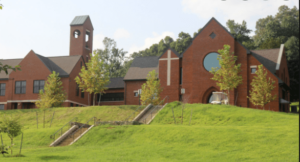 Buoyed by the encounter with the priest, the siblings headed to Holy Angels Convent the next morning, only to be greeted by a construction site. A huge link fence enveloped the outside, and a sign indicated it was being renovated into an art and design center. A noisy crane hoisted beams for workmen putting a modern façade on the outside. “I don’t understand,” winced Paul. “The priest said the sisters could help us. Obviously, he hasn’t been around here much.”
Buoyed by the encounter with the priest, the siblings headed to Holy Angels Convent the next morning, only to be greeted by a construction site. A huge link fence enveloped the outside, and a sign indicated it was being renovated into an art and design center. A noisy crane hoisted beams for workmen putting a modern façade on the outside. “I don’t understand,” winced Paul. “The priest said the sisters could help us. Obviously, he hasn’t been around here much.”
“I’m sure there is an explanation,” Judy responded, worried that this latest disappointment would discourage her brother from pursuing their genealogy further. “Let’s explore a little.” She led Paul around the block until they found an opening to the building. Once inside, Paul exhaled, letting his body adjust to a world from the past. Large wooden doors lined the hall on either side. The nearest said CHEMISTRY in faded gold letters, and peering through a small window, Paul spotted a pile of old microscopes and a cross over the blackboard.
While Judy stopped in the foyer to read about the renovated art center and its vendors, Paul eyed a young girl standing alone at the end of the hall. She was slender, conservatively dressed, with two long French braids. Her perfectly straight bangs accented lively green eyes. “Please,” he said, “I’m looking for the sisters of Holy Angels Convent.” The girl smiled in recognition but just pointed towards a nearby door and disappeared.

Twenty minutes later, Paul returned to the foyer, waving an envelope. “You’ll never believe what I have,” he shouted, half out of breath. “Katie MacKenzie’s report card! It’s in French, but Sister Superior said she was a good student, top in her class. It’s hard to believe, but our grandmother, who barely uttered a word to us growing up, spoke English, Gaelic, and French. She also read highbrow literature, painted, and played the piano. Who knew we came from such refined stock?” he said laughing.
Judy looked surprised but said nothing. According to the brochures she read in Paul’s absence, the Sisters of Holy Angels Convent had vacated the building two years ago.
Before researching the Campbell side of the family, Paul wanted to talk again with the priest. He had so many questions now about the MacKenzie lineage. Reaching for the plastic organizer, Paul riffled through several pictures of their grandmother. “You could have told us so much,” he said as he caressed one photo with his thumb. Then he looked closer. “Judy, did Nana always wear her hair in French braids?”
“Yes, don’t you remember how she would wind the plaits into a tight bun.” Judy sighed. “I inherited her green eyes but not her pretty auburn hair.”
Since the church was locked when they arrived, Paul and Judy walked up to the ornate home on the hill, hoping to find the red-haired priest inside. Instead, an older woman answered. “This isn’t a rectory,” she said. “Years ago, it was. The last priest who lived here died decades ago. Now it’s a home for mentally disabled youth.”
“But what about the Father in the church earlier today?” Paul asked, pointing to St. Mary’s with its bright pink doors.
“I’m not sure whom you saw,” she responded. “But that church has not been operational for years. Not enough of a congregation to keep it viable. Most of the churches in this area have gone to seed. It’s a shame, really, since the priest that built them revitalized this community. MacKenzie’s his name…a celebrity in these parts. He’s buried out back.” And with that, she slipped back inside.
Paul and Judy just looked at each other, then walked along the oak-lined path to the cemetery to pay Father MacKenzie their last respects. Mosquitos were starting to nip at their ankles, so they hurried through the rows of tombstones and plaques, searching for his name. In the end, it wasn’t that hard to find. Rising majestically near the shore, facing across the inlet to St. Rose of Lima, an obelisk reached to the heavens. And on the front, the engraved silhouette of Father MacKenzie, with his thinning red hair and broad aquiline nose. 
Janet Steigler, CFVs, August/September 2021
(This story was inspired by a mystical trip the author took with her husband to Nova Scotia in 2019 to research his mother’s roots.)






